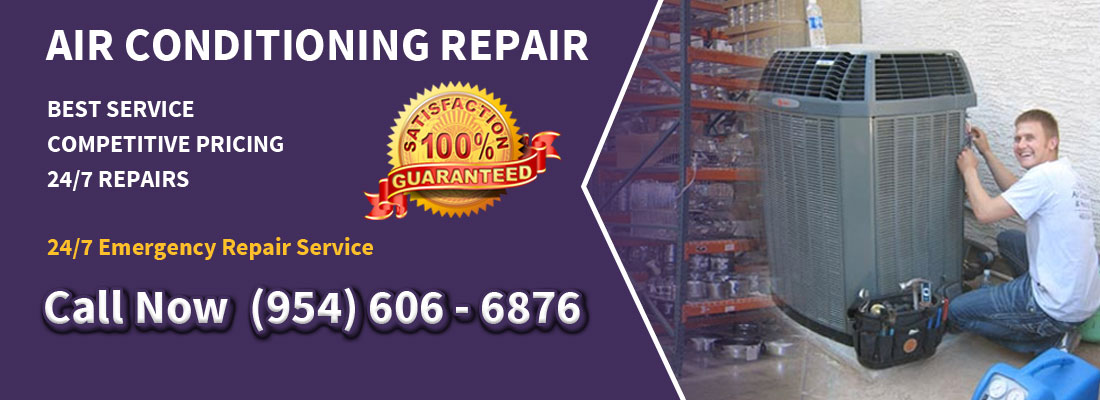According to a study by the Environmental Protection Agency, the air inside a typical American home is 2 to 5 times more polluted than the outside air. The pollution density is much higher in some homes compared to others. While high concentrations of air pollutants can cause allergies and irritations, the good news is that the problem can be solved. One way of doing this is through ventilation.
Why Ventilation is Important
Ventilation simply means movement of air from one zone to another. When it comes to indoor ventilation, it refers to the removal of stale, polluted indoor air to the outside followed by its replacement with much cleaner and fresher air.
Indoor living spaces are often contaminated with moisture, dust, dirt, pollen, pet dander, smoke, fumes, mold spores, bacteria, and other pollutants from the environment. Most homes do not have adequate ventilation and this is where the problem starts.
Let’s face it, our homes are our refuge and every effort towards maintaining acceptable air quality is appreciated. Without having proper ventilation, unclean air can easily fill nasal passages and lungs thereby putting your family at risk for asthma, allergy attacks, skin problems, and other infections.
Ventilation is much more like preventive medicine which means you can’t neglect it. If you don’t provide for proper ventilation, you can pay a hefty price for this.
Common Types of Ventilation for Your Home
There are 3 main sources of ventilation that can help clear the air inside your home. These are natural ventilation, air infiltration, and mechanical ventilation. Below is a bit about each one of them.
Natural Ventilation
You can get this free of charge from nature by opening up your doors and windows. To increase the venting efficiency, keep doors and windows open on opposite sides of your home and on separate floors as well. This will have the effect of drawing in air and maximizing air flow. If you want to boost natural ventilation further, use electric fans to enhance the speed of air movement.
Mechanical Ventilation
If for any reason you cannot keep your windows open throughout the year, you can supplement the natural ventilation using any of the following mechanical ventilation systems.
- Supply Ventilation Systems – These are supply fans that bring in fresh air through intake vents that are strategically placed around the perimeter of your home. However, these are not suitable for cold climates because they may pressurize your indoor air and increase heat loss.
- Exhaust Ventilation Systems – These comprise a system of exhaust fans that depressurizes indoor spaces by expelling air throughout tech vents. This makes it easier for fresh air to reenter your home.
- Balanced Ventilation Systems – These are a combination of supply ventilation systems and exhaust ventilation systems. They operate in unison to help maintain a constant flow of air in and out.
- Spot Ventilation – This is where exhaust fans are placed in specific areas such as kitchens, bathrooms, and garages so that they can ventilate these spaces.
Infiltration and Exfiltration
This refers to the leakage of air into and out of your home through holes, cracks, and crevices. This air movement is important, but unfortunately not sufficient to cleanse indoor air. You can supplement this by using air purifiers and cleaners.
Get in touch with restoration and preservation specialists from your local HVAC company so that they can give you further directions on how to maintain the quality of your indoor air.





